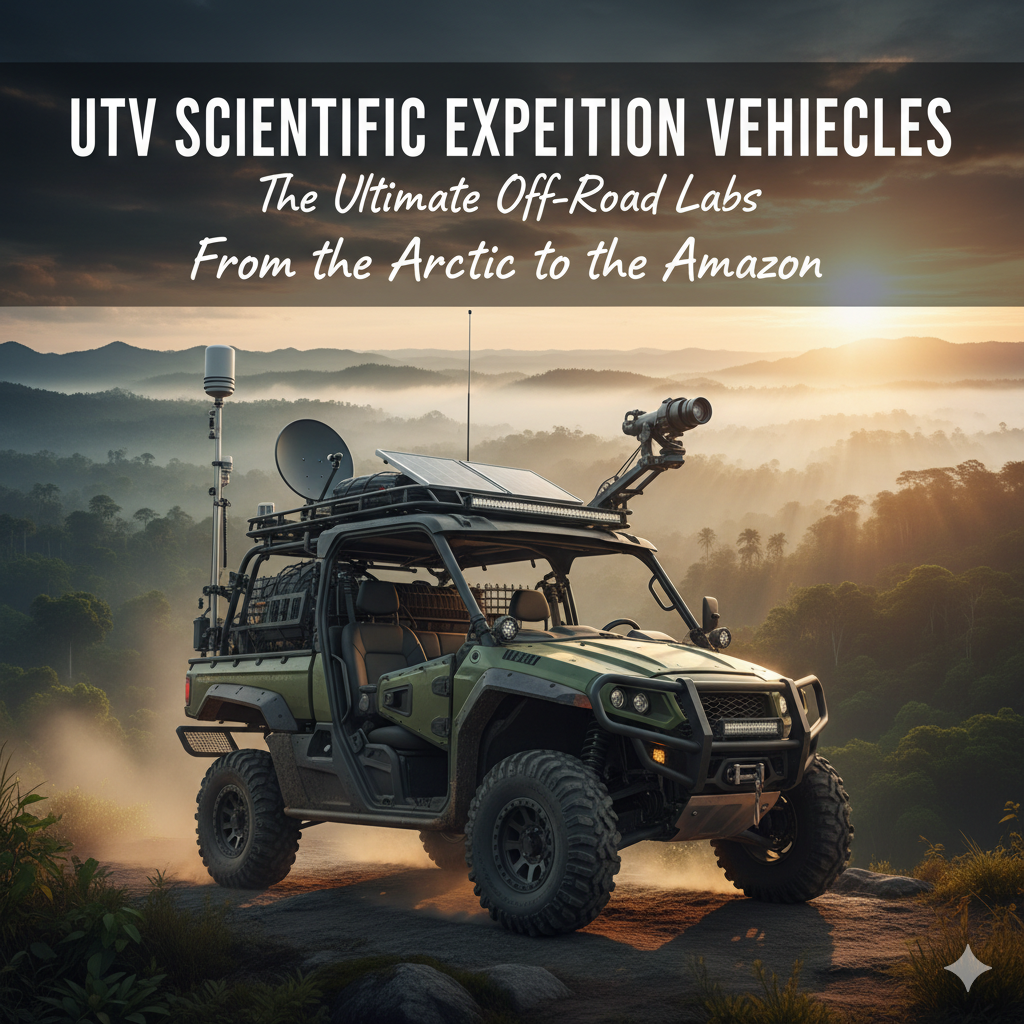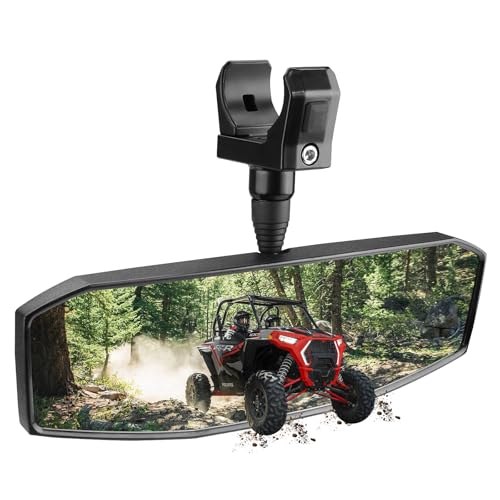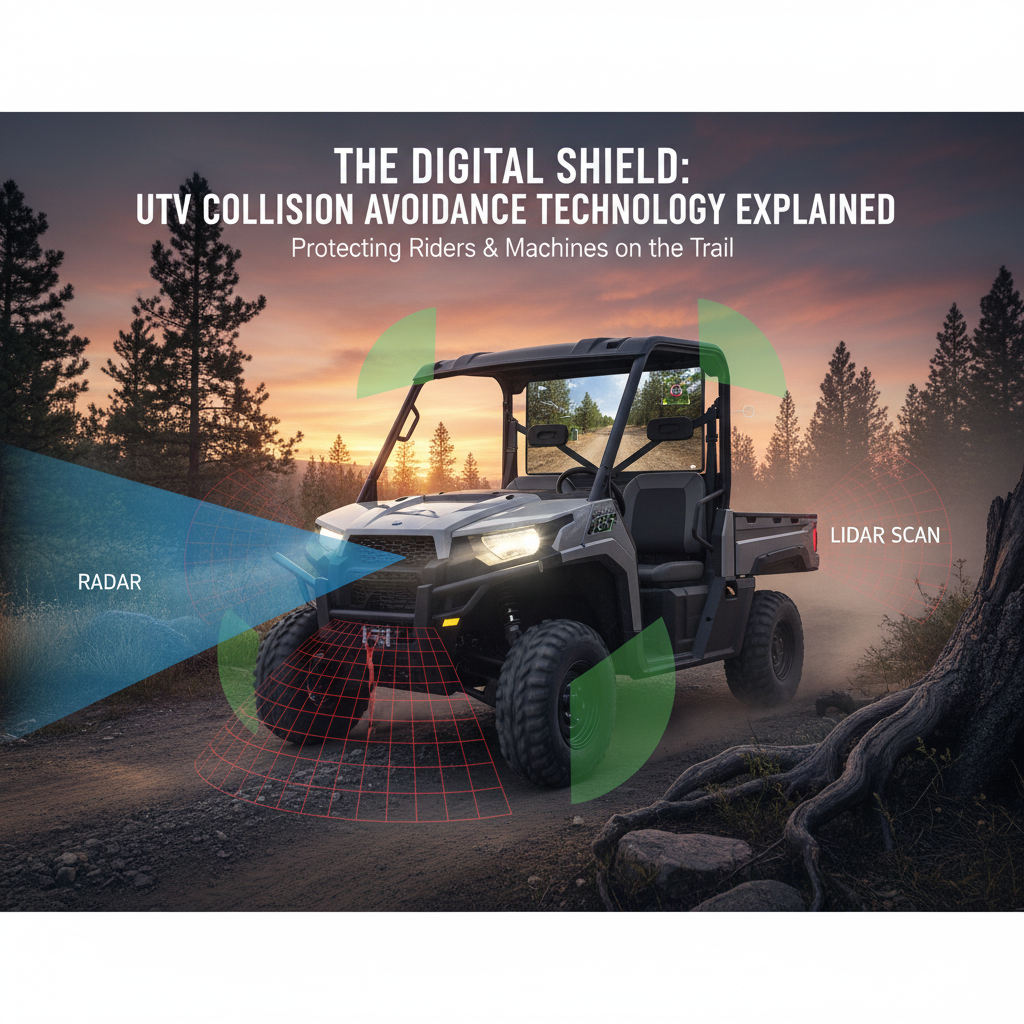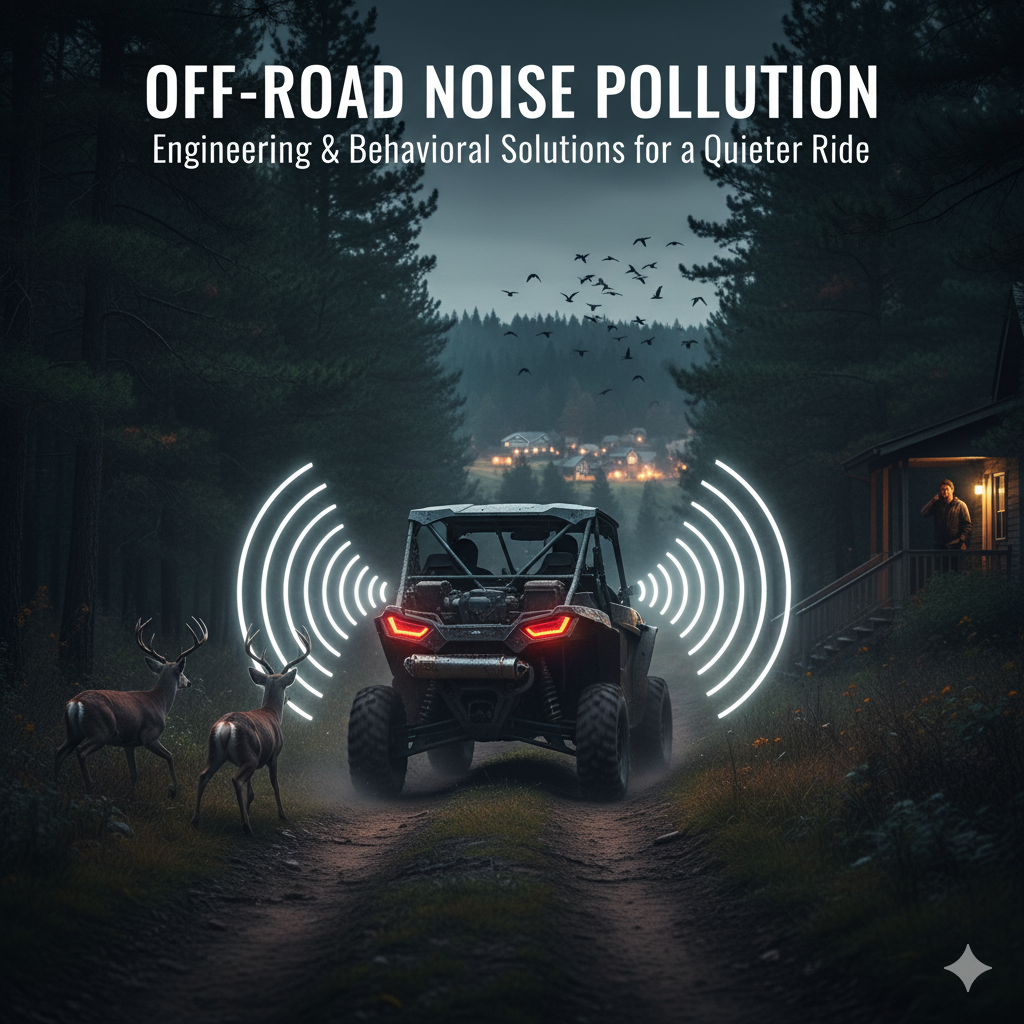In the world of scientific exploration, getting to the research site is often half the battle.
For decades, scientists have relied on a variety of vehicles to reach remote and inhospitable locations, from helicopters and airplanes to snowmobiles and pack animals.
But in recent years, a new type of vehicle has emerged as a game-changer for scientific expeditions: the UTV.
With their rugged construction, impressive payload capacity, and go-anywhere capabilities, UTVs are the perfect platform for building the ultimate off-road labs.
As an off-road enthusiast with a passion for science and exploration, I’ve been following the rise of UTV scientific expedition vehicles with great interest.
In this blog post, we’re going to take a deep dive into this exciting world.
We’ll explore how UTVs are being used in a variety of scientific fields, and we’ll look at the specialized equipment and modifications that are turning these humble utility vehicles into state-of-the-art mobile research stations.
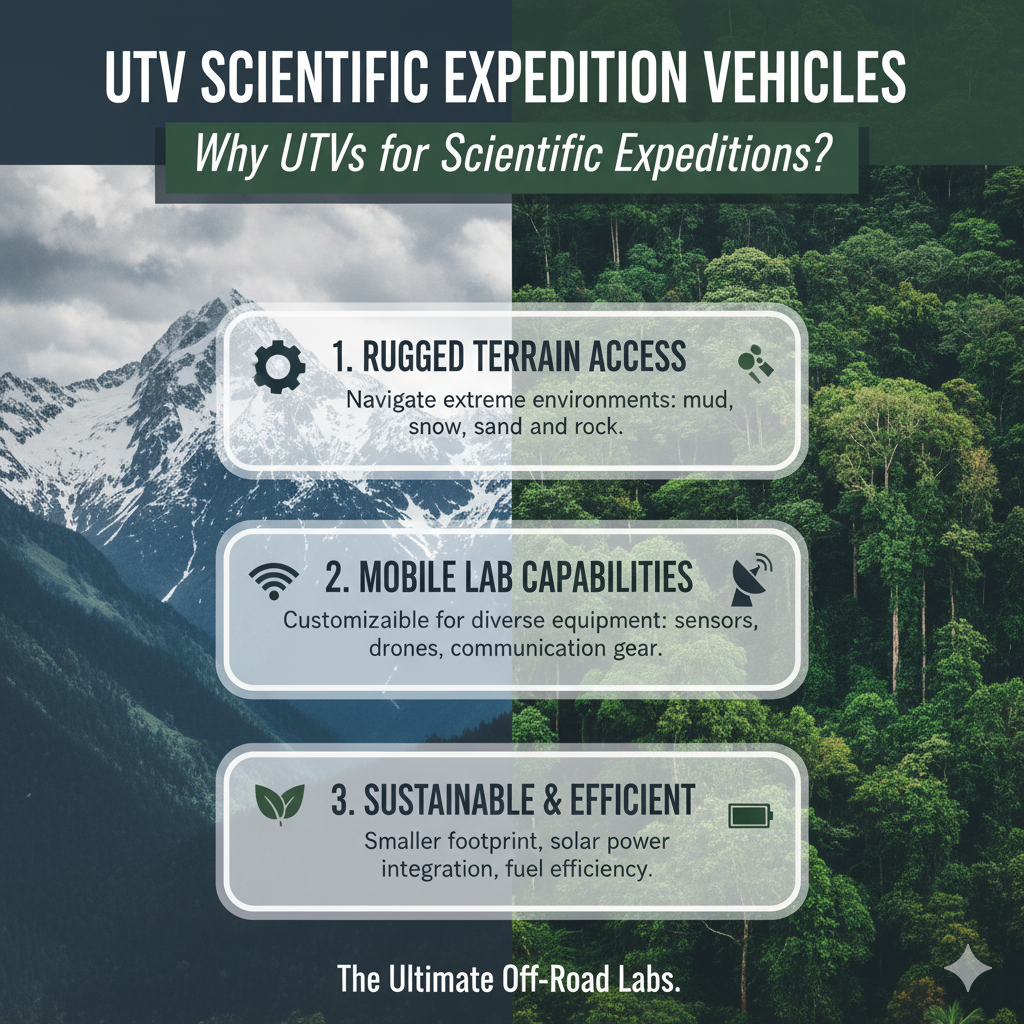
The UTV Advantage: Why These Vehicles Are Perfect for Science
There are a number of reasons why UTVs are so well-suited for scientific expeditions. Here are just a few:
Off-Road Capability
UTVs are designed to go off-road.
They have high ground clearance, four-wheel drive, and long-travel suspension, which allows them to traverse a wide variety of terrain, from rocky trails and dense forests to sand dunes and snow-covered landscapes.
This means that scientists can use UTVs to access research sites that would be impossible to reach with a traditional vehicle.
Payload Capacity
UTVs have a large payload capacity, which means that they can carry a lot of gear.
This is essential for scientific expeditions, which often require a wide variety of specialized equipment, from drills and sensors to computers and generators.
The ability to carry all of this gear in a single vehicle makes UTVs a very efficient and cost-effective solution for scientific research.
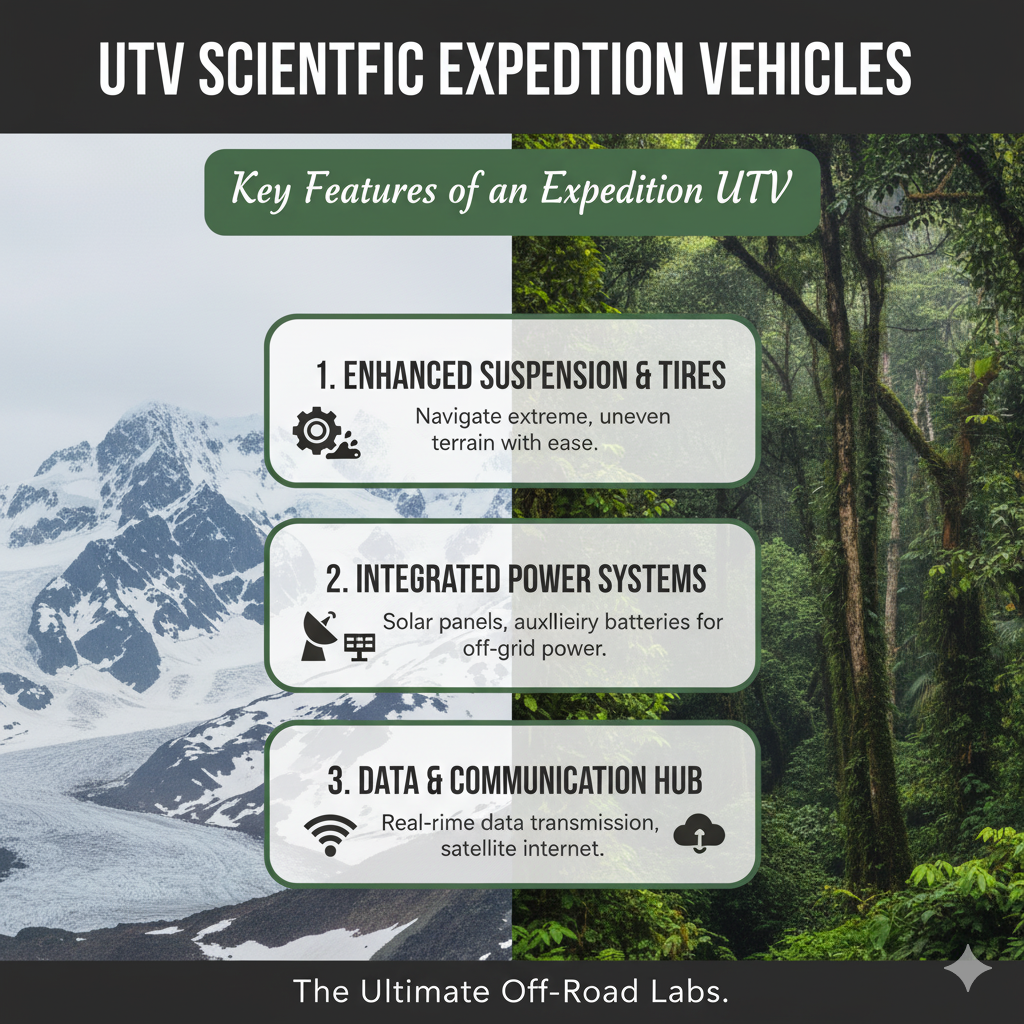
Customization
UTVs are highly customizable.
They can be outfitted with a wide variety of accessories and modifications to meet the specific needs of any scientific expedition.
This can include everything from custom-built storage racks and equipment mounts to specialized lighting and power systems.
The ability to customize UTVs makes them incredibly versatile and adaptable to any research environment.
UTVs in Action: A Look at Different Scientific Fields
UTVs are being used in a wide variety of scientific fields, from geology and biology to archaeology and climatology.
Here are a few examples of how these versatile vehicles are being used to advance our understanding of the world.
Geology
Geologists use UTVs to access remote and rugged areas to study rock formations, collect samples, and map geological features.
UTVs can be outfitted with a variety of geological tools, such as ground-penetrating radar, magnetometers, and drills.
This allows geologists to conduct their research in a safe and efficient manner.

Biology
Biologists use UTVs to study plants and animals in their natural habitats.
UTVs can be used to transport researchers and their equipment to remote locations, and they can also be used to set up and monitor camera traps and other data-collection devices.
The quiet operation of electric UTVs is particularly useful for wildlife research, as it minimizes disturbance to the animals.
Archaeology
Archaeologists use UTVs to survey large areas of land for archaeological sites.
UTVs can be use to transport ground-penetrating radar and other geophysical equipment, which can be use to identify buried structures and features.
This allows archaeologists to conduct their research in a non-invasive manner, which helps to preserve the integrity of the archaeological record.

Climatology
Climatologists use UTVs to access remote weather stations and to collect data on snowpack, ice thickness, and other climate-related variables.
UTVs can be outfitters with a variety of meteorological instruments, such as temperature sensors, humidity sensors, and anemometers.
This allows climatologists to collect the data they need to monitor our changing climate.
Customizing UTVs for Scientific Expeditions
One of the biggest advantages of using UTVs for scientific expeditions is their customizability.
These vehicles can be modifies in a variety of ways to meet the specific needs of any research project.
Here are some of the most common customizations for UTV scientific expedition vehicles:
Storage and Racks
Scientific expeditions require a lot of gear, so it’s important to have a good storage system.
Custom-built racks and storage boxes can be use to carry everything from scientific instruments and tools to camping gear and supplies.
A well-designed storage system will keep your gear organized and protected from the elements.
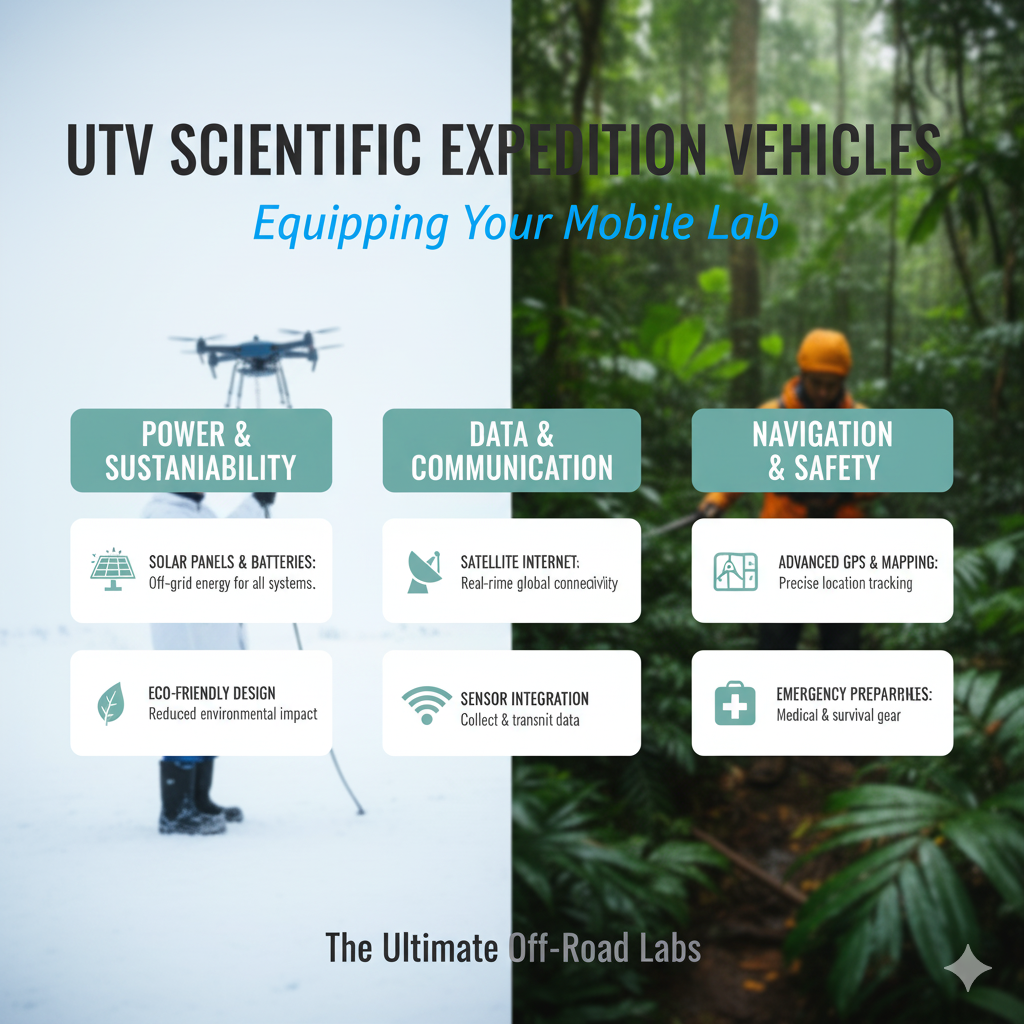
Power Systems
Many scientific instruments require a reliable source of power.
A dual-battery system with an inverter is a great way to power your equipment in the field.
For more demanding applications, you can also install a generator on your UTV.
Lighting
Good lighting is essential for any scientific expedition, especially if you are working at night or in low-light conditions.
A combination of forward-facing light bars, scene lights, and a spotlight will help you see and be seen.
Tracks
For expeditions in snow or other soft terrain, a set of tracks can be a game-changer.
Tracks will give your UTV more flotation and traction, which will allow you to go places that would be impossible to reach with tires.
Conclusion: The Future of Scientific Exploration
UTV scientific expedition vehicles are revolutionizing the way we explore our planet.
These rugged and versatile vehicles are allowing scientists to access remote and inhospitable locations that were previously inaccessible.
And with their endless customization options, UTVs can be transformers into state-of-the-art mobile labs that are perfectly tailors to the needs of any research project.
As UTV technology continues to evolve, we can expect to see even more amazing and innovative scientific expedition vehicles in the years to come.
The future of scientific exploration is here, and it’s on four wheels (or four tracks).

